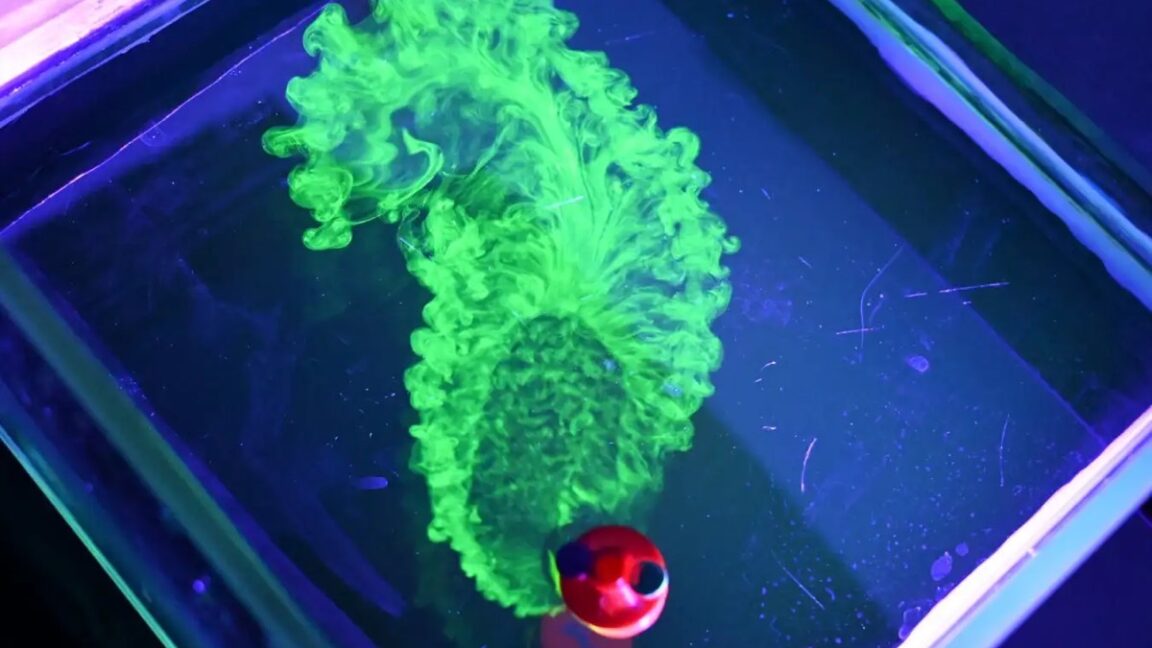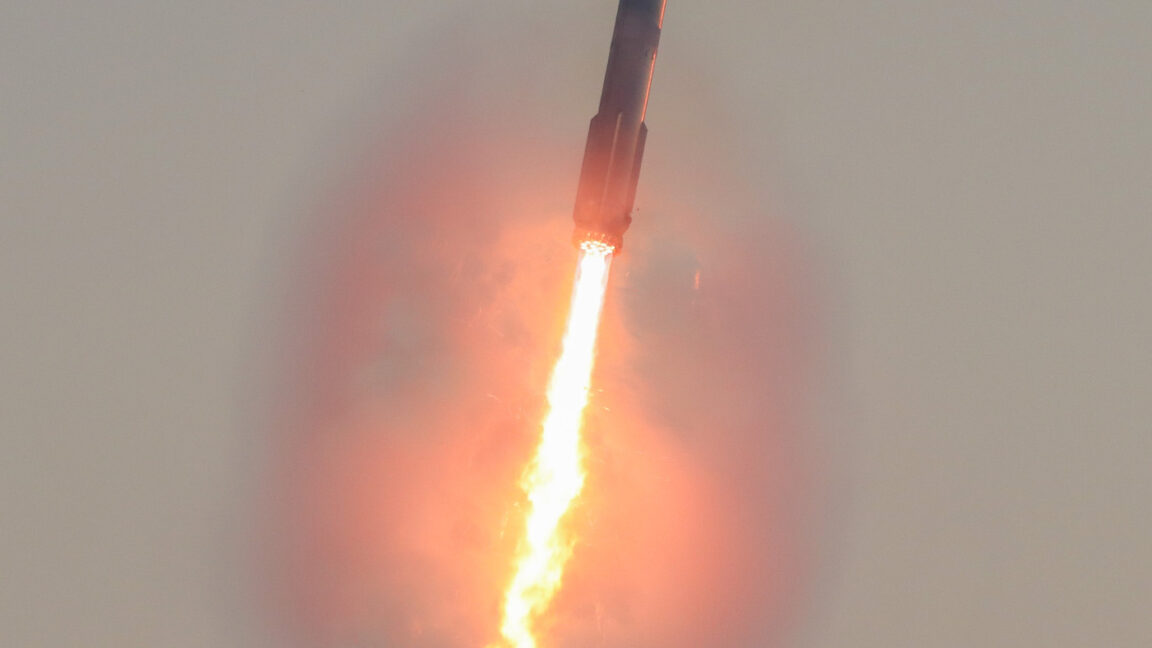There's a common popular science demonstration involving "soap boats," in which liquid soap poured onto the surface of water creates a propulsive flow driven by gradients in surface tension. But it doesn't last very long since the soapy surfactants rapidly saturate the water surface, eliminating that surface tension. Using ethanol to create similar "cocktail boats" can significantly extend the effect because the alcohol evaporates rather than saturating the water.
That simple classroom demonstration could also be used to propel tiny robotic devices across liquid surfaces to carry out various environmental or industrial tasks, according to a preprint posted to the physics arXiv. The authors also exploited the so-called "Cheerios effect" as a means of self-assembly to create clusters of tiny ethanol-powered robots.
As previously reported, those who love their Cheerios for breakfast are well acquainted with how those last few tasty little "O"s tend to clump together in the bowl: either drifting to the center or to the outer edges. The "Cheerios effect is found throughout nature, such as in grains of pollen (or, alternatively, mosquito eggs or beetles) floating on top of a pond; small coins floating in a bowl of water; or fire ants clumping together to form life-saving rafts during floods. A 2005 paper in the American Journal of Physics outlined the underlying physics, identifying the culprit as a combination of buoyancy, surface tension, and the so-called "meniscus effect."
It all adds up to a type of capillary action. Basically, the mass of the Cheerios is insufficient to break the milk's surface tension. But it's enough to put a tiny dent in the surface of the milk in the bowl, such that if two Cheerios are sufficiently close, the curved surface in the liquid (meniscus) will cause them to naturally drift toward each other. The "dents" merge and the "O"s clump together. Add another Cheerio into the mix, and it, too, will follow the curvature in the milk to drift toward its fellow "O"s.
Physicists made the first direct measurements of the various forces at work in the phenomenon in 2019. And they found one extra factor underlying the Cheerios effect: The disks tilted toward each other as they drifted closer in the water. So the disks pushed harder against the water's surface, resulting in a pushback from the liquid. That's what leads to an increase in the attraction between the two disks.
The power of vodka
Jackson Wilt of Harvard University and his co-authors were interested in novel propulsion methods for tiny robotic devices moving across fluid surfaces and found inspiration in the soap boat and cocktail boat classroom demonstrations. It's the Marangoni effect, which serves as a propulsion mechanism that also underlies the "wine tears" phenomenon and the infamous "coffee ring effect." In this case, alcohol has a lower surface tension than water. If you spread a thin film of water on your kitchen counter and place a single drop of alcohol in the center, you'll see the water flow outward, away from the alcohol. The difference in their alcohol concentrations creates a surface tension gradient, driving the flow.
Wilt et al. created 3D-printed plastic pucks roughly one centimeter across with an air chamber at the center for buoyancy. Each puck also had a tiny fuel tank filled with alcohol in concentrations ranging from 10 to 50 percent. When the pucks were placed in a water tank, they floated, and as the alcohol slowly seeped out of the fuel tanks, the pucks were propelled across the water's surface. The alcohol contained a fluorescent dye to allow better observation of its flow through the water. Higher alcohol content worked best, on par with that found in vodka or absinthe.
Next, the team moved from single pucks to two or more inert pucks floating in the tanks in their experiments and observed the expected clustering typical of the Cheerios effect. That clustering can be countered by making one or more of the pucks active by filling the fuel tanks with alcohol for propulsion. As the fuel runs out, the repulsive force also dissipates, and the clustering/attractive force again becomes dominant. It's the equivalent of an on-off switch, with the potential for scaling up to build robotic device networks with customized (tunable) locomotion and interaction patterns. And it makes for a nifty updated twist to those classic science demonstrations.
Future research could explore controlling the movement of the units by altering the viscosity of either the fuel or the surrounding liquid, as well as more complex multi-body behaviors, such as tweaking the parameters so that particles avoid previous trajectories at higher concentrations of ethanol. That could eventually enable the aforementioned environmental and industrial applications.
DOI: arXiv, 2024. 10.48550/arXiv.2411.16011 (About DOIs).


